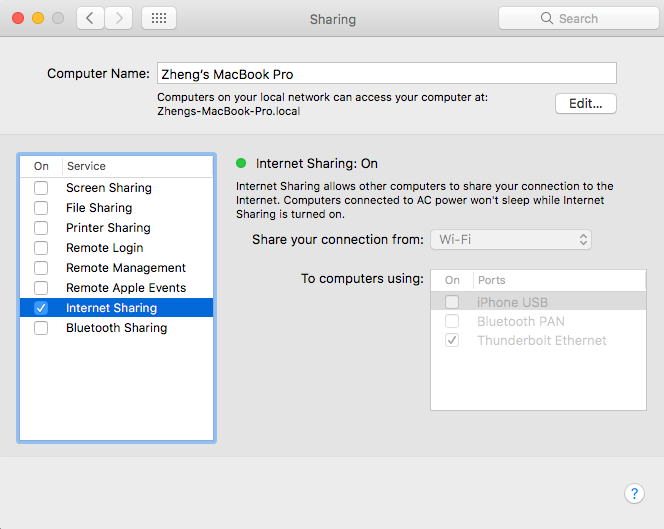

- #RPI NETWORK SCAN MAC FOR MAC#
- #RPI NETWORK SCAN MAC SERIAL NUMBER#
- #RPI NETWORK SCAN MAC SERIAL#
- #RPI NETWORK SCAN MAC CODE#
If you're just doing a quick sweep for open IPs, or if you want to know what's on the network quick, this app will do it. Also, all relevant data (such as mac address, open ports, netBIOS name, etc) could be displayed in line with the detected IP address.Ģ)Search capability to help ID a device from a know identifier (in my case mac address) If you have many devices, it's cumbersome to have to scroll up and down to find something.

Some simple adjustments would greatly improve the app, so here are some suggestions that would make this truly great:ġ) Option to display Scan results in Grid format (like a spreadsheet) as opposed to the current interface. While it's not a bad app, it's definately not geared toward IT professionals. Based on the reviews, I thought I'd give this a try. I was looking for an alternative to Angry IP Scanner that would allow me to easily identify a non-responding device based on mac address. This App is designed to give the user a complete understanding of all the devices connected to a local network and network services they are running. Save previous Scans to reload and review laterĪll information gathered is presented to the user in a easy to understand user interface including dictionary look-ups for known MAC addresses, common port addresses and many bonjour services. All information presented to the user in a easy to understand user interface
#RPI NETWORK SCAN MAC FOR MAC#
Dictionary lookups for MAC addresses, Port addresses and many Bonjour Services Also includes NetBios Scan, Bonjour Scan and Port Scanning ARP table Scanning: The ARP table is scanned for any devices attached to the network that doesn’t respond to a TCP connect. TCP Connect LAN Scanning: establish a TCP connection with each IP address on the network. Network devices are displayed in a very logical and convenient format for displaying the most pertinent information about each device. Read, try, see what works best for you and your wireless network. AirRadar 5 this free-to-try WiFi analyzer for Mac is great for performing large-scale WiFi site surveys. This application allows you to view information about all the devices on a local network. inSSIDer the basic version of this WiFi analyzer allows Mac users to collect all essential information about nearby WiFi networks. LAN Scan is an application developed for Network Administrators and IT Managers but presented in a format targeted for non-professionals. This all-in-one information application is an extremely fast and thorough security solution for every user. See whats connected to your favorite public WiFi network or your home network. * On version 0.= The fastest and most complete WiFi LAN Scanner available! =
#RPI NETWORK SCAN MAC SERIAL#
* On edit by George konstantinidis add serial debuging Print the active stage of devices compared to mac address of list To a list of MAC addresses we wish to track, and if the MAC address of a packet matches one on the list, we
#RPI NETWORK SCAN MAC CODE#
The function of this code is to read nearby Wi-Fi traffic in the form of packets. Thanks for original code of Ricardo Oliveira and Skickar Friend Detector by Ricardo Oliveira, forked by Skickar Įxtra Edited from George konstantinidis in Kavala Hellas Sample output over serial-USB: 1.5.3(aec24ac9) Members with ESP8266 forum ID’s may wish to track this thread if the code is adequate, would you please mark the title. I hope you find the proof-of-concept useful. Scanning the network with nmap we can return hosts that are up and their MAC Address. For the Raspberry Pi Foundation, the MAC Address will begin with the characters B8:27:EB.
#RPI NETWORK SCAN MAC SERIAL NUMBER#
This serial number can be traced back to a vendor. Still, there is now code that will gather this data. The MAC Address, or Media Access Control Address, of a host, identifies the serial number of the Network Card. I’m sorry my response has come over 30 days, but getting MAC for both client and Access Point associations and broadcasts was a bit more of an issue than I initially thought.


 0 kommentar(er)
0 kommentar(er)
